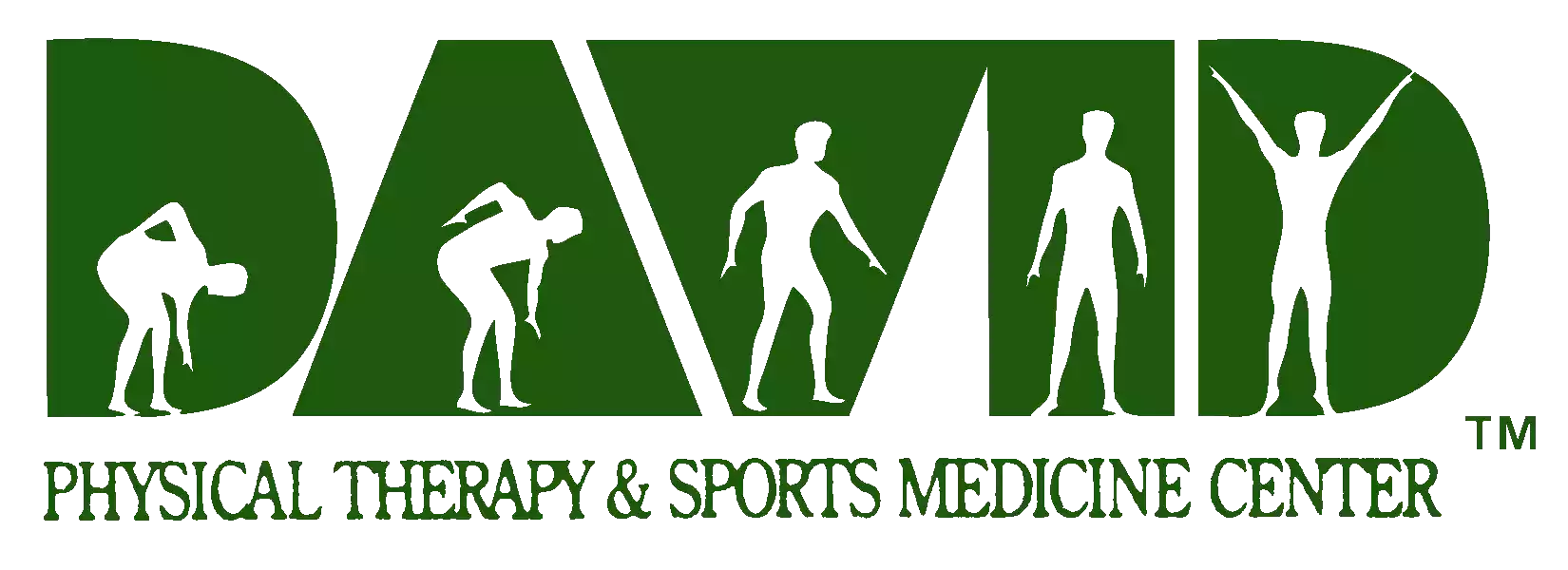 There are many different types of physical therapy, including pediatric physical therapy, geriatric physical therapy, sports physical therapy, occupational therapy, manual therapy, and more. These branches of physical therapy exist to serve patients of all ages with a variety of needs and musculoskeletal conditions.
There are many different types of physical therapy, including pediatric physical therapy, geriatric physical therapy, sports physical therapy, occupational therapy, manual therapy, and more. These branches of physical therapy exist to serve patients of all ages with a variety of needs and musculoskeletal conditions.
For the same reason, neurological physical therapy exists to help those with a number of neurological conditions. This type of physical therapy can help patients with cerebral palsy, multiple sclerosis, Alzheimer's disease, Parkinson’s disease, stroke, and trauma.
So what can you do to improve your balance?
What Is Balance?
First, we should define what exactly balance is and how it works. Balance is the ability to maintain your body’s center of gravity (CoG) over your base of support. The CoG is the point at which your entire body weight is evenly distributed. For most people, the CoG is located in the pelvis.
Your base of support is the area beneath you that helps you stay upright. It can be either your feet (when standing) or your buttocks (when sitting). The larger your base of support, the easier it is to maintain your balance.
Balance is controlled by three main systems in your body: proprioception, vestibular, and visual. Proprioception is your body’s ability to sense where it is in space. It uses information from your joints and muscles to determine your body position. The vestibular system is located in your inner ear and provides information about movement and head position. The visual system uses your eyesight to help you take in information found in your environment.
Then, all of these systems work together to help you maintain your balance!
What Causes Balance Problems?
There are many different reasons why someone might experience balance problems. It could be due to an inner ear infection, vestibular dysfunction, or vision problems. Other causes include neurological conditions such as Alzheimer’s disease, Parkinson’s disease, stroke, and cerebral palsy.
Balance problems can also be caused by medications that have side effects, such as those used to treat high blood pressure, heart conditions, and mental health conditions.
In some cases, balance problems can be caused by a head injury or trauma. This is because the vestibular system is located in the inner ear, which is very susceptible to damage. Damage to the cerebellum, which is responsible for coordinating movement, can also cause balance problems, as can a spinal cord injury.
Lastly, sometimes balance problems develop as we age. As we get older, our proprioceptive system starts to decline. This is because the joints and muscles begin to deteriorate with age. Ultimately, this can make it more difficult to sense our body position and maintain our balance.
How Can I Improve My Balance At Home?
There are several steps you can take in your everyday life to restore your physical function and balance:
- Engage in light strength training. This can help improve your balance by strengthening the muscles that support your joints, leading to better joint stability and improved balance.
- Stretch daily. Not only can stretching reduce pain, but it can also help keep your muscles long and lean. Plus, your flexibility and range of motion are both important for balance and helped by stretching exercises.
- Practice standing or walking in a number of environments. This can help your brain get used to different types of surfaces and ground, which will help improve your balance.
- Do easy balance exercises. These exercises help challenge your vestibular system, proprioception, and visual system all at once! Some great balance exercises include standing on one leg, walking heel-to-toe in a straight line, or standing on an unstable surface, like a balance ball.
- Work with a physical therapist to design a home exercise program. A physical therapist can tailor a program to you, taking your ability, injury, limitations, and goals into account. Ultimately, this can lead to a much safer recovery.
Can Physical Therapy Treatment Help?
Just like you'd visit your primary care doctor if you were experiencing health problems, it's important to visit a physical therapist if you're experiencing balance problems. A physical therapist can help you identify the root cause of your balance problems and develop a treatment plan to address them.
Physical therapy is known to help patients regain their quality of life, manage pain, improve mobility, restore physical function, and more. In addition to these many benefits, physical therapists and physical therapist assistants can also help patients suffering from balance problems with neurological physical therapy.
Also, according to the American Physical Therapy Association, physical therapy can help reduce the likelihood of falls. Falls are a common complication of balance problems and can often be dangerous, and in some cases, even deadly. That's why it's so important to seek treatment if you're experiencing balance problems.
At David Physical Therapy & Sports Medicine Center, our physical therapists are proud to offer neurological rehabilitation to help patients suffering from balance problems improve their balance, confidence, and quality of life.
What Is Neurological Physical Therapy?
Of all the different types of physical therapy, neurological physical therapy is the best kind for treating balance issues. Neurological physical therapy is a type of rehabilitation that helps patients with movement disorders or disabilities caused by damage to the nervous system.
This could include conditions like:
- Trauma, such as a brain or spinal cord injury.
- Structural or neuromuscular disorders, such as Bell palsy, carpal tunnel syndrome, peripheral neuropathy, muscular dystrophy, etc.
- Functional disorders, such as headaches, seizure disorder, dizziness, and neuralgia.
- Degenerative disorders, such as Parkinson's disease, multiple sclerosis, and Alzheimer's disease.
The goal of neurological rehabilitation is to improve the patient's quality of life by helping them regain as much function and mobility as possible. A neurological therapy treatment plan may include a variety of techniques, including neuromuscular electrical stimulation, customized exercise programs, and balance training.
How Can I Get Started At David Physical Therapy & Sports Medicine Center?
If you or a loved one is having difficulty with balance, it's important to seek out professional help to ensure a proper and safe recovery. The experts at David Physical Therapy & Sports Medicine Center are here to help. We offer a variety of services to help our patients, including neurological therapy, balance rehabilitation, and more.
With rehabilitation centers in both Mount Lebanon and Southpointe, seeing our licensed physical therapists is convenient no matter where you are in the Pittsburgh area. Pick a David Physical Therapy clinic and schedule an appointment online to get started on your road to recovery!

